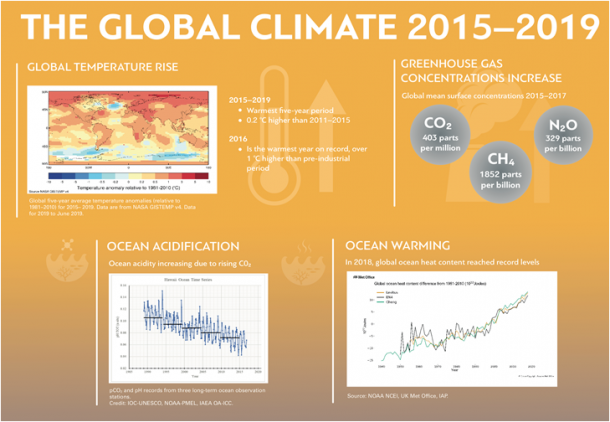
Nadia Ramlagan, Producer
Tuesday, April 26, 2022
Executive orders aimed at driving down greenhouse-gas emissions are still not enough to reach North Carolina’s 50% reduction goal by 2030, a report by the Environmental Defense Fund found.
The report showed under current state policies, North Carolina is on track to shrink emissions by 28% to 38%, far below its target.
Michelle Allen, project manager of North Carolina political affairs for the Environmental Defense Fund, said there are ways to get back on track, including aggressively building greener infrastructure for electric power and public transportation.
“The electric power and the transportation sectors account for nearly 70% of the state’s overall climate solutions,” Allen pointed out. “Those are going to be the top two, really most critical, sectors to focus on.”
The governor’s executive orders require reducing energy consumption in state-owned buildings and increasing the number of zero-emission vehicles on the roads.
Allen explained North Carolina’s utility commission, which is responsible for regulating electric utilities, is also in the process of developing a carbon plan.
“Which is going to outline how the electric-power sector is going to drive down climate pollution in line with these 2030 and 2050 targets,” Allen noted.
According to the state’s Department of Environmental Quality, poor air quality is largely driven by vehicle emissions triggering ground-level ozone or smog, and particle pollution.
Allen added taking steps to curb emissions will improve residents’ health, especially those who are most vulnerable.
“The next step after that is to determine the policy solutions and programs that are going to get us to achieve those goals,” Allen asserted.
Research shows on a local level, air pollution from manufacturing and industry is most commonly concentrated in low-income neighborhoods and communities of color.


